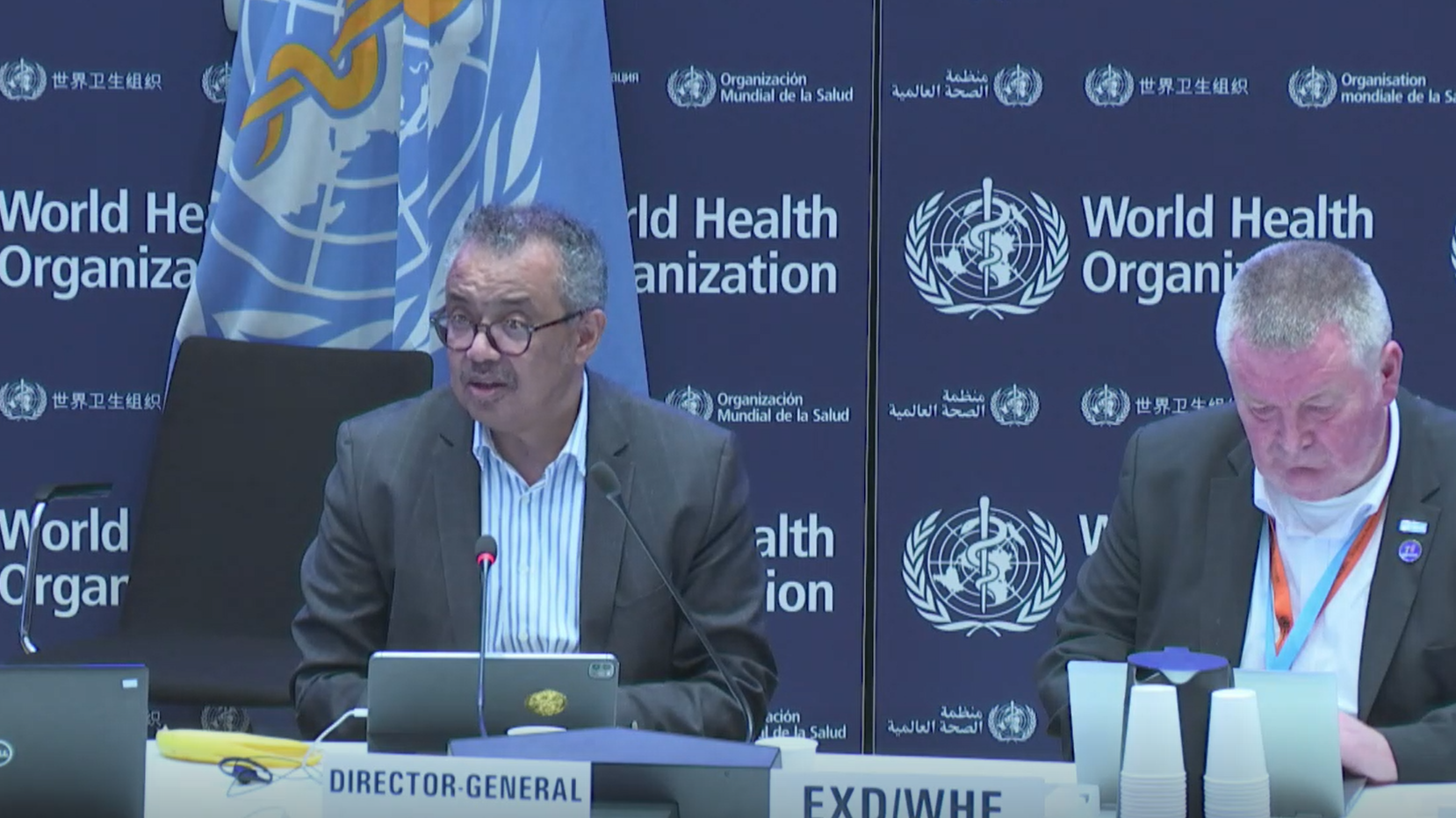The next round of Intergovernmental Negotiating Body (INB) negotiations for the Pandemic Treaty began on April 29, following two years of discussions. With the treaty text set to be finalized at the World Health Assembly at the end of May, uncertainties persist regarding the current state of negotiations, marked by numerous unresolved issues. The main question remains: will the Treaty genuinely fulfill its promise of equity and justice, or will it merely pay lip service to these ideals?
In an effort to delve deeper into these concerns, Jyotsna Singh of People’s Health Dispatch interviewed Dr. Alexandra Phelan, a global health lawyer and associate professor at the Johns Hopkins Center for Health Security. Dr. Phelan’s expertise lies at the intersection of infectious diseases, equity, and human rights, making her the perfect commentator on the ongoing Treaty negotiations.
Jyotsna Singh: Let’s start with a bit of context. The World Health Organization (WHO) released the latest draft of the Pandemic Treaty on April 16. What does this text tell us about the progress of the negotiations, and where do we stand?
Alexandra Phelan: The latest text represents a significant shift in the structure of the treaty. After months of broad discussions and conceptual drafts, the recent negotiations involved detailed line-by-line reviews. However, this new draft is a streamlined version, and some people have referred to it as a “skinny treaty.” It consolidates certain topics and reduces the level of detail compared to earlier drafts. It’s designed to focus on high-level principles, while some contentious issues have been moved to other instruments to be developed over the next two years. This shift reflects an attempt by the WHO to reach an agreement by May for the World Health Assembly.
JS: Given this shift, what are the key points of contention in the current draft? Which areas are likely to be the focus of negotiations in the coming days?
AP: The contentious areas include the Pathogen Access and Benefit Sharing (PABS) system and the governance mechanisms for the proposed treaty. The new draft introduces a draft resolution that outlines the establishment of two intergovernmental working groups (IGWGs) to develop additional international instruments focused on prevention and One Health, and pathogen access and benefits sharing. This approach pushes contentious details out of the main treaty text, allowing for continued negotiations on these topics in the coming years.
JS: One critical point is the debate over voluntary versus mandatory obligations for sharing medical tools and resources. Could you elaborate on the implications of this debate?
AP: In the current draft, there’s a high-level focus on equitable sharing of benefits, but the nature of the obligation is not expressly stated. However, in past drafts the obligation for countries to share medical tools and resources arising from pathogen samples was voluntary. If this follows through to the PABS instrument, it would create an imbalance between the requirement for developing countries to share pathogen samples and the lack of mandatory provisions for equitable distribution of benefits such as vaccines, diagnostics, and therapeutics. This imbalance is a core issue that is expected to be discussed in the upcoming negotiations.
JS: What about the broader implications for global health equity? Does the current draft align with the aspirations of developing countries, or does it favour developed countries and big pharmaceutical companies?
AP: The current draft shows significant room for improvement in realizing the goal of equity. While respecting human rights is stated as a core objective, the provisions lack the specificity needed to ensure equitable outcomes. For example, strong health systems are essential for pandemic prevention, but the draft doesn’t adequately address technology transfer and capacity building. Additionally, surveillance provisions must consider the impacts on local communities and ensure benefits are shared equitably. Overall, the draft needs stronger commitments to ensure that it addresses the inequities experienced during the COVID-19 pandemic.
Read more: Pandemic Treaty continues to negate principles of equity and justice
JS: You mentioned that the streamlined text has reduced the level of detail in certain areas. What are the risks of this approach, and how might it impact the progress made in previous negotiations?
AP: The streamlined approach risks losing the progress made in earlier negotiations. Many countries, especially from the Global South, have invested significant time and energy in shaping the treaty. The process of streamlining the text means we have lost important details and agreements reached in the past, which were reached by investing a lot of resources. For example, some countries in the African region had made strong contributions to the One Health provisions, which have now been moved to the proposed future One Health instrument. It’s crucial to retain the progress made and ensure that the treaty includes sufficient detail to support equity and solidarity.
JS: How might the upcoming U.S. elections impact the treaty negotiations? What role does the United States play in these discussions?
AP: The US elections add pressure to reach an agreement by May 2024. The US plays a significant role in the WHO due to its funding and influence. The streamlined approach might be an attempt to make the treaty more palatable to US interests, allowing it to opt into subsequent instruments without the usual domestic approval process. This approach could facilitate US participation, but it raises concerns about the implications for the treaty’s overall effectiveness and equity goals.
People’s Health Dispatch is a fortnightly bulletin published by the People’s Health Movement and Peoples Dispatch. For more articles and subscription to People’s Health Dispatch, click here.





